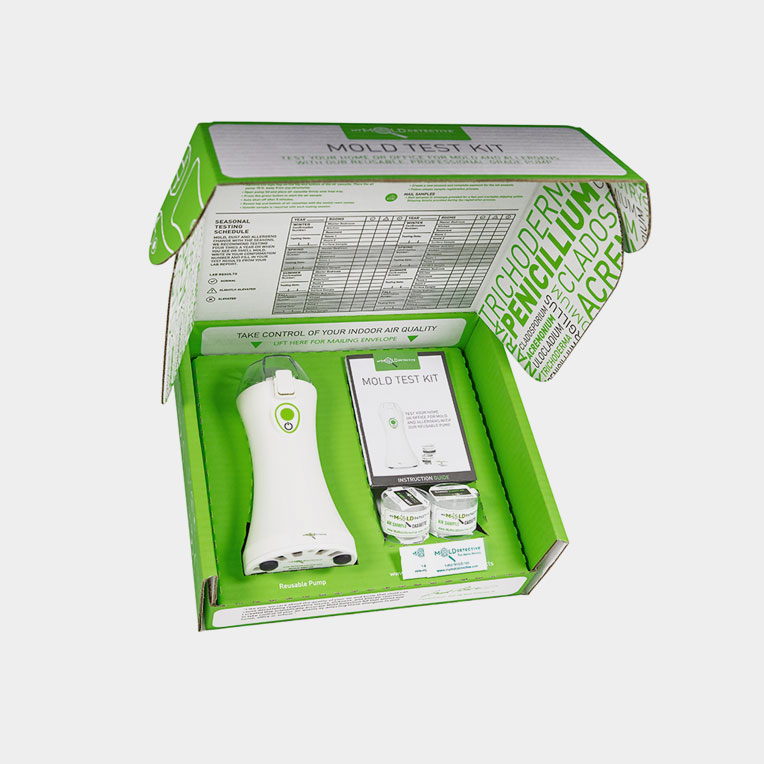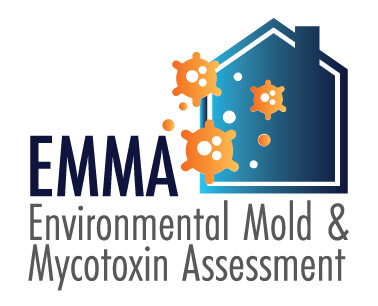Just How Mycotoxin Screening Aids Avoid Contamination and Guard Food Products

Mycotoxin screening is an important practice in the food market, offering as a frontline defense against contamination by dangerous contaminants generated by mold and mildews. With the application of advanced strategies like High-Performance Liquid Chromatography (HPLC) and Liquid Chromatography-Mass Spectrometry (LC-MS), food producers can properly measure and identify mycotoxin levels in agricultural products.
Understanding Mycotoxins
Understanding mycotoxins begins with recognizing that they are toxic secondary metabolites produced by specific molds, which can pollute agricultural items. These metabolites are not vital for the growth or recreation of the fungi yet can have severe ramifications for human and animal health and wellness. Mycotoxins are generally located in staple plants such as corn, wheat, barley, and nuts, where they can multiply under specific problems of wetness and temperature.
There are numerous types of mycotoxins, each produced by different fungal species. Fusarium types generate trichothecenes and fumonisins, both of which are connected with various severe and persistent wellness issues.

Threats of Mycotoxin Contamination
The dangers of mycotoxin contamination are multifaceted, presenting significant hazards to both food security and public health. Mycotoxins, hazardous compounds generated by certain kinds of fungi, can infect a vast array of farming products including cereals, nuts, seasonings, dried out fruits, and coffee. Once these toxic substances infiltrate the food supply, they can cause major wellness issues such as liver damage, kidney failing, and even cancer. Prone populaces, including youngsters, the senior, and immunocompromised people, are specifically at danger.
Financial influences are another significant worry. Infected crops can lead to significant financial losses for farmers and food manufacturers as a result of reduced returns and the demand for pricey decontamination steps. Global trade can be considerably hindered as countries impose strict mycotoxin policies to protect their populations, leading to rejected deliveries and strained trade relationships.
Ecological factors such as climate change worsen the danger of mycotoxin contamination. Variants in temperature and moisture can create positive conditions for fungal growth, increasing the possibility of contamination events. Hence, understanding and alleviating these dangers are crucial for making sure the safety and integrity of worldwide food supplies.
Methods of Mycotoxin Examining
Properly identifying mycotoxin contamination in farming products is crucial for securing public health and keeping food security requirements. Numerous approaches are used to find and evaluate mycotoxins, each offering details benefits and restrictions.
High-Performance Liquid Chromatography (HPLC) is an extensively made use of approach as a result of its high level of sensitivity and accuracy. It includes separating mycotoxins from other compounds in a sample, making it possible for precise metrology. Fluid Chromatography-Mass Spectrometry (LC-MS) combines liquid chromatography with mass spectrometry to offer comprehensive molecular information, making it especially beneficial for identifying numerous mycotoxins all at once.

Gas Chromatography-Mass Spectrometry (GC-MS) and Thin-Layer Chromatography (TENDER LOVING CARE) are likewise used, navigate to this website each with one-of-a-kind applications. GC-MS works for volatile mycotoxins, while tender loving care provides a simpler, economical choice for preliminary screening.
Benefits of Routine Examining
Routine testing for mycotoxins in farming items provides numerous benefits, dramatically adding to public wellness and food safety. By recognizing contamination early, normal testing assists stop the distribution of poisonous foods, thus lowering the risk of mycotoxin-related diseases among customers. resource This aggressive strategy not only safeguards human health and wellness however also improves the general top quality of food materials.
Consistent screening likewise supports governing compliance. Different nations and regions have actually developed strict restrictions for mycotoxin levels in food and feed. Sticking to these limitations with routine screening ensures that manufacturers and distributors fulfill lawful criteria, thereby avoiding fines and trade barriers. In addition, maintaining compliance fosters customer trust fund and brand online reputation, which are vital for market success.
Additionally, normal mycotoxin testing can lead to substantial economic advantages. Early detection of contamination permits prompt treatment, decreasing possible losses from widespread contamination. Carrying out regular screening protocols can likewise reduce recall costs and related responsibilities, which can be economically ruining.
In addition, regular testing gives important information that can educate far better farming techniques and storage conditions. By recognizing patterns of contamination, producers can take on safety nets, consequently reducing future dangers and contributing to the sustainability of the food supply chain.
Carrying Out Checking Methods
Carrying out effective mycotoxin testing methods is essential for guaranteeing the safety and quality of farming products. Developing a robust testing framework involves numerous vital actions, beginning with the recognition of possible contamination points within the production and supply chain. This consists of pre-harvest, post-harvest, storage, and distribution phases. Each stage should be scrutinized to determine where mycotoxin contamination is most likely to take place.
When essential control points are identified, selecting suitable screening learn the facts here now methods is crucial. Common techniques consist of enzyme-linked immunosorbent assay (ELISA), high-performance liquid chromatography (HPLC), and mass spectrometry (MS) Each technique has its weak points and staminas; hence, picking the right one depends upon the specific mycotoxin being checked, the needed sensitivity, and readily available resources.

Finally, integrating the screening methods into a detailed food safety and security administration system is a good idea. This boosts traceability and makes it possible for quick corrective activities when contamination is discovered, thereby guarding the integrity of the food supply chain.
Conclusion
Mycotoxin testing is vital in protecting against contamination and safeguarding food supplies by enabling early detection of damaging toxic substances generated by mold and mildews in farming items. Routine screening improves brand name online reputation, economic security, and trust fund in food security by reducing contamination-related losses and preserving high requirements in food production.
Mycotoxin testing is an indispensable practice in the food market, serving as a frontline defense versus contamination by dangerous contaminants produced by molds. An incorporated strategy entailing farming methods, storage management, and normal screening can alleviate the risks associated with mycotoxin contamination, ensuring food safety and security and public health.
The risks of mycotoxin contamination are complex, presenting significant dangers to both food security and public health.Normal testing for mycotoxins in agricultural items uses various advantages, significantly adding to public health and food safety.Mycotoxin screening is vital in preventing contamination and guarding food materials by enabling very early detection of unsafe toxic substances produced by mold and mildews in agricultural items.